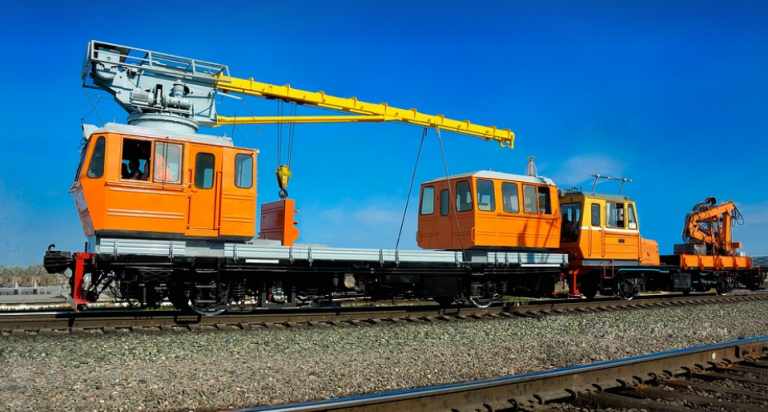Understanding the Basics
TIG welding, also known as Tungsten Inert Gas welding, is a versatile and highly precise welding process that excels in joining metals. It utilizes an electric arc between a tungsten electrode and the base metal to generate heat, melting the weld pool and fusing the two pieces together.
When it comes to stainless steel, TIG welding offers several advantages: exceptional control over weld quality, minimal distortion, and a highly durable finish. This makes it particularly suitable for applications requiring precise joints in diverse industries like construction, manufacturing, aerospace, and shipbuilding.
The process involves using a shielding gas, typically argon or helium, to protect the weld pool from atmospheric contamination. These inert gases create a controlled environment that minimizes oxidation, ensuring a clean and consistent weld.
Stainless steel’s unique composition, consisting of chromium, nickel, and molybdenum, requires specific attention during TIG welding. The elements in stainless steel influence the heat-affected zone (HAZ), which is essentially the region around the weld line where changes occur in the base metal’s microstructure. These changes can lead to cracking or warping if not controlled effectively.
The Role of Gas and Its Application
Choosing the right shielding gas is crucial for optimal welding performance with stainless steel.
**Argon:** This most common inert gas acts as a shield against atmospheric contamination, preventing oxidation in the weld pool. It’s known for its ability to create a clean and smooth weld bead.
**Helium:** This gas is often used in conjunction with argon for stainless steel welding. Its low welding temperature and high thermal inertia contribute to cleaner penetration and reduced distortion compared to pure argon.
**Other gases like nitrogen or mixtures of gases can also be used depending on specific requirements.**
Proper selection of shielding gas depends heavily on the type of stainless steel being welded, the desired weld penetration, and the overall welding environment. Understanding these factors allows welders to achieve cleaner welds with minimal risk of porosity.
**The choice of shielding gas ultimately impacts the final weld quality.**
Key Considerations for TIG Welding Stainless Steel
For successful TIG welding of stainless steel, consider these important factors:
**1. Electrode Selection:** Choosing the correct electrode is crucial. Use electrodes specifically designed for welding stainless steel to ensure proper arc and filler metal transfer.
**2. Wire Size and Material:** The diameter of the welding wire affects the penetration depth and weld bead width. The correct wire size will depend on the thickness of the base metal being welded.
**3. Welding Current and Voltage:** These parameters play a critical role in controlling the arc’s intensity and heat input, ultimately influencing the weld pool’s behavior.
**4. Torch Angle and Travel Speed:** Maintaining the right torch angle ensures precise control over the weld bead formation. A consistent travel speed helps in creating a uniform weld with minimal spatter.
**5. Welding Technique:** Understanding different TIG welding techniques like pulsed or constant current, can significantly improve weld penetration and quality.
**6. Post-weld Treatment:** After welding, proper post-treatment is essential for achieving desired surface finishes and minimizing the risk of future corrosion or degradation.
The Importance of Skilled Welding
TIG welding stainless steel requires specialized skills, knowledge, and experience to achieve optimal results. A skilled welder can make a significant difference in the overall weld quality.
**Here’s why:**
**1. Understanding Metal Behavior:** A skilled TIG welder knows how to manipulate the arc and heat input to precisely control the molten weld pool, minimizing distortion and optimizing penetration depth.
**2. Welding Parameters Expertise:** Skilled welders understand welding parameters like current, voltage, gas flow rate, and shielding gas composition, allowing them to create welds that meet specific requirements.
**3. Precise Control of Weld Bead:** Skilled TIG welders can create clean, smooth, and consistent weld beads with minimal spatter or porosity, ensuring a visually appealing and structurally sound joint.
**4. Safety First:** A skilled welder prioritizes safety by adhering to proper welding practices, working in controlled environments, and minimizing risks of electric shock, arc flash, and fire hazards.
**5. Quality Assurance and Inspection:** Skilled welders understand quality assurance standards and perform thorough inspection checks to ensure that each weld meets specified quality and safety requirements.
Conclusion: The Future of TIG Welding
TIG welding offers numerous advantages for welding stainless steel, including precision control over the welding process, minimal distortion and warping in the base metal. As technology advances, we can expect to see more sophisticated techniques, new applications, and advancements in welding equipment that will further improve efficiency and quality.
TIG welding’s ability to create high-quality welds on various stainless steel types continues to be a valuable tool for industries demanding precision and durability.














